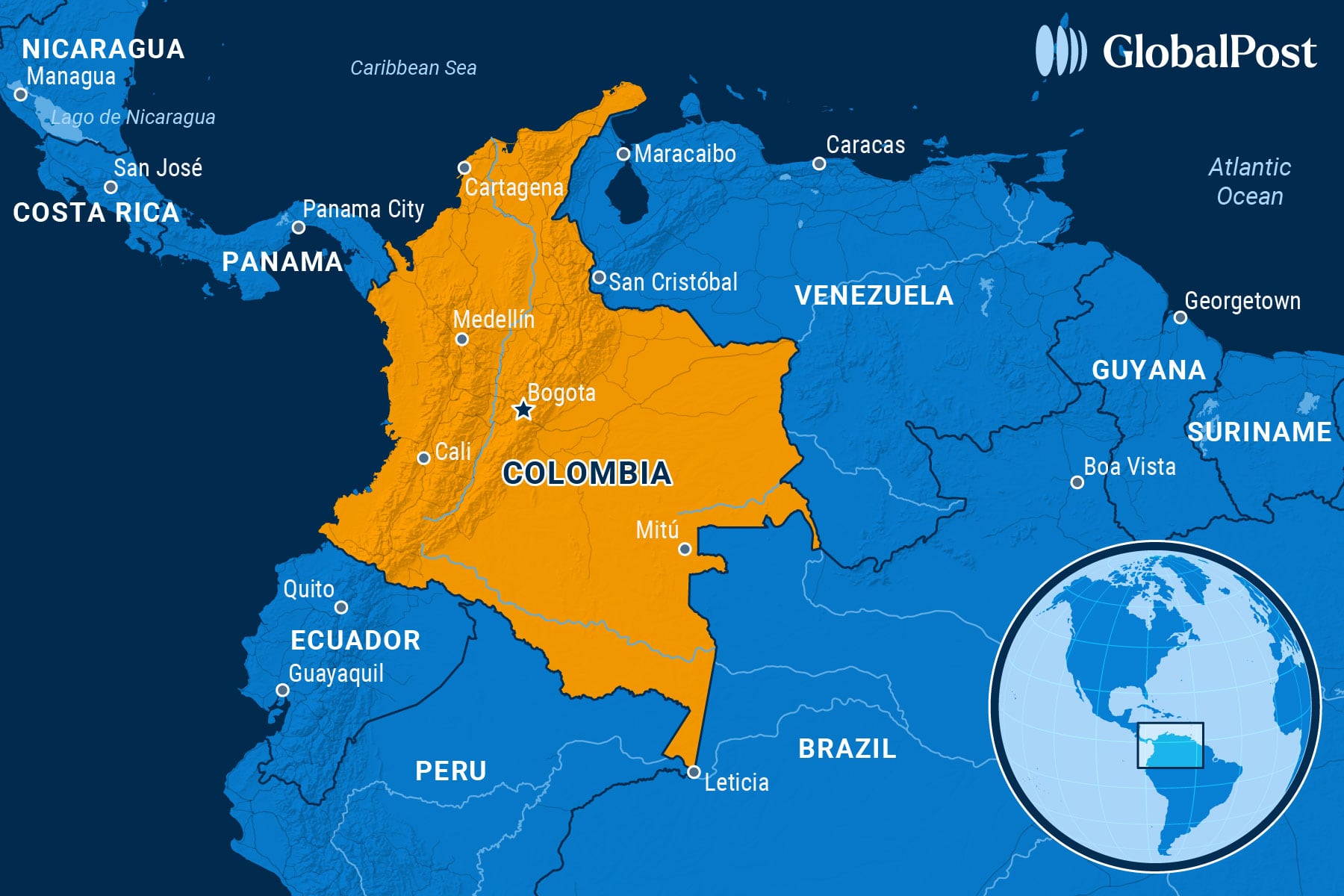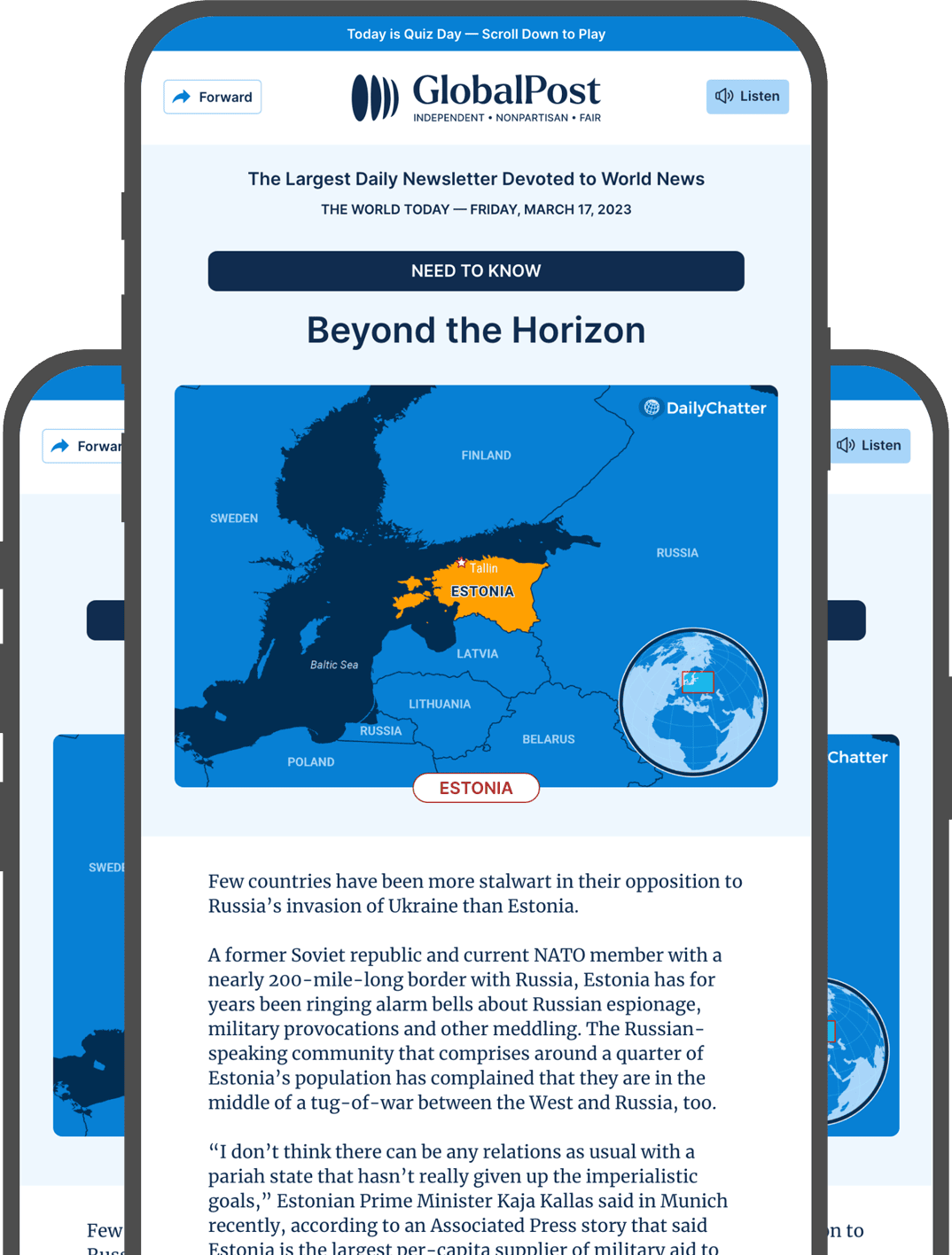When a ‘Total Peace’ Disintegrates

In early February, five days after she gave birth, a young Colombian woman in the northeastern town of Tibú fled south with her newborn and five-year-old son to the city of Cúcuta 75 miles away. The violence that erupted in mid-January was getting too close.
“They were threatening us,” the mother, 26, told Al Jazeera, asking that her name be withheld. “We were so afraid that we had to leave.”
The fear she had was real: The guerilla group, the National Liberation Army (ELN), had released photos of individuals they believed were collaborators of a rival group, the Frente 33 (33rd Front, or EMC), a faction of the Revolutionary Armed Forces of Colombia (FARC), and her husband was among those they were hunting. He stayed behind to allow the rest of his family to escape safely first.
This family is among the more than 55,000 people who have been displaced by a fresh eruption of violence since the “Paz Total” (Total Peace) promised by Colombia’s president, Gustavo Petro, broke down in the country in mid-January. The conflict since then has killed at least 80 people and seen dozens of others kidnapped. Petro has declared a state of emergency.
“For the last three years, we have warned about a deterioration in Colombia’s conflict that risked sparking a new cycle of war,” Elizabeth Dickinson of the Crisis Group told the Guardian. “That moment is now.”
The eruption of violence centers on the region of Catatumbo, which borders Venezuela and is remote and impoverished, but is contested because it is a key mining, coca, and illicit trafficking hub. It is used to outbreaks of violence – but not like this, say residents, adding that everyone now in the region is a target.
For example, Miguel Ángel López, the director of a funeral home in Tibú, used to recover bodies that appeared along the roads of Catatumbo and give them a proper burial. When conflict resumed earlier this year, he was murdered along with his wife and their 10-month-old baby while driving a hearse toward Cúcuta. Only their 10-year-old son survived.
The violence broke out this time on Jan. 16 after the ELN launched an offensive in the region targeting civilians and another rival armed group, the General Staff of Blocks and Fronts (EMBF), also a rebel faction of FARC.
Soon after, the clashes engulfed large swathes of the region and now the criminal gangs are fighting each other and targeting humanitarian workers, journalists, and civil rights advocates along with civilians who they accuse of collaborating with one group or the other simply because they are family members or are people close to them, say local officials.
It’s a reversal of the direction the country was headed – toward peace – just a few years ago.
The ELN began its existence as a Marxist insurgency in the 1960s along with FARC, aiming to take over the country and implement agrarian reform.
The more powerful FARC demobilized after a peace agreement with the government in 2016 that ended more than 50 years of civil war, one that had killed 450,000 people. But soon after, Colombian voters rejected the agreement in a referendum.
Still, the ELN held the occasional peace talks with the government while it took over the region and grew to become a major criminal organization, say analysts. It is heavily involved in cocaine trafficking, extortion, and illegal mining, with influence over a quarter of Colombia’s land area and 230 municipalities, with thousands of members. It also has a foothold in Venezuela, where it works with the military and the government of Nicolás Maduro.
“The group’s decision appears to have been driven by two main factors: weakened trust in the outcome of the talks and the desire to strengthen its position against rivals on the ground,” wrote World Politics Review. “The ELN’s offensive now sends a clear message that the group is no longer invested in the peace talks and instead is focusing on strengthening its tactical position in the conflict.”
In 2022, voters elected Petro, a former FARC fighter and the country’s first leftist leader, because he pledged to give 7.4 million acres to victims of the civil war and work towards Paz Total. But he has been slow to fulfill that promise.
Petro also reached a ceasefire deal with the ELN but suspended talks with the group in September after ELN rebels killed two Colombian soldiers.
Besides the ELN and the EMBF, right-wing paramilitaries that arose to combat FARC fighters in rural Colombia are also still active in the country, for example, the Conquering Self-Defense Forces of the Sierra Nevada (ACSN), which runs drug networks and extortion racquets in the country’s north.
Meanwhile, new armed groups are springing up now and growing stronger. These groups are more interested in ill-gotten gains and drug revenues than left-wing or conservative ideals, and they make too much money to surrender, analysts say.
And with the Colombian military focused on Catatumbo, clashes have erupted between other rival groups in the Guaviare and the Cauca regions.
Analysts say that beyond the military response of the government, there is little chance of getting back on track in the direction of Paz Total unless the administration changes strategy.
“The crisis in Catatumbo should be a wake-up call for the Petro administration,” Juanita Goebertus, Americas director at Human Rights Watch, told CNN. “Its ‘Total Peace,’ coupled with the lack of effective security and justice policies, have allowed armed groups to expand their presence and brutal control over remote communities across Colombia.”

Subscribe today and GlobalPost will be in your inbox the next weekday morning
Join us today and pay only $46 for an annual subscription, or less than $4 a month for our unique insights into crucial developments on the world stage. It’s by far the best investment you can make to expand your knowledge of the world.
And you get a free two-week trial with no obligation to continue.
